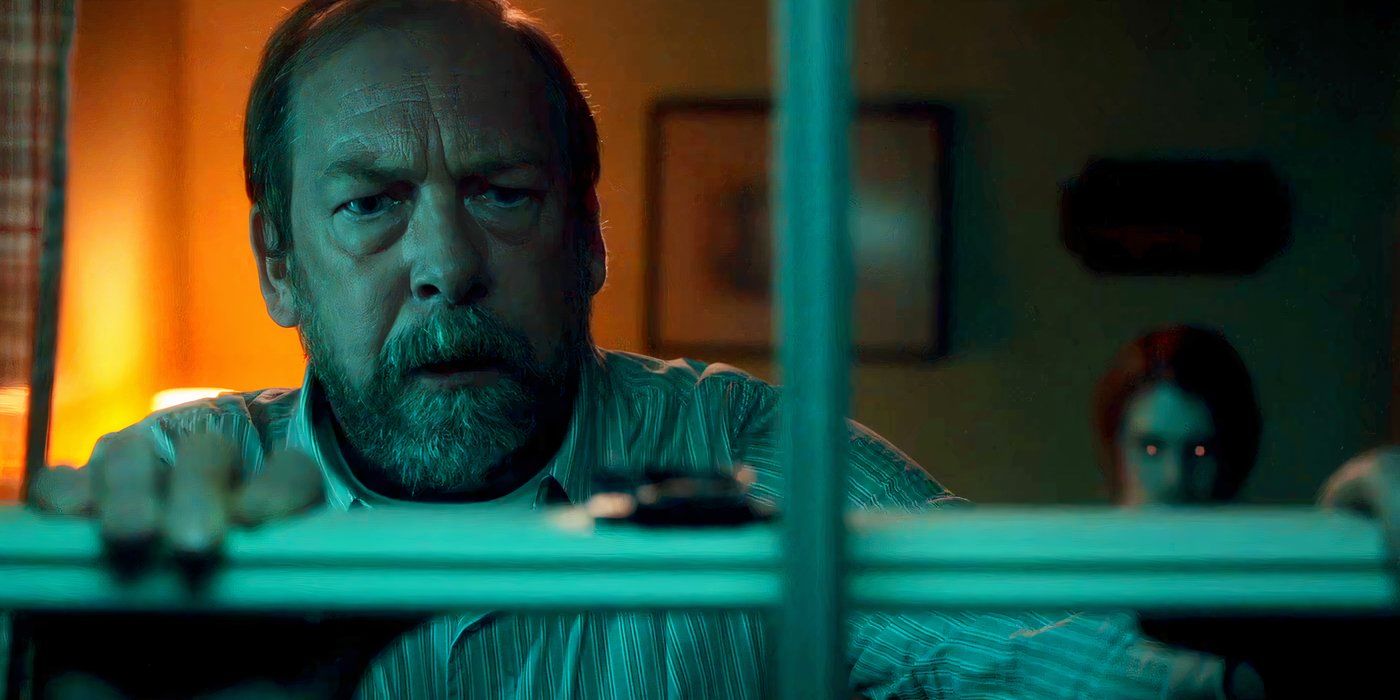‘Salem’s Lot’ Review: Was the Long-Delayed Stephen King Reboot Worth the Wait?

The hotly-anticipated cinematic adaptation of one of Stephen King’s scariest works, Salem’s Lot, is a film that struggles to deliver any of the impact expected from the iconic King vampire novel. While there are flashes of impressive style and moments of genuine scares, the film ultimately feels like a missed opportunity. For every scene that captures the Kingian essence of small-town dread, others fall flat due to weak technical execution, uneven storytelling, and what I suspect are clumsy edits designed to appeal to a broader audience.
Visually, the Gary Dauberman-directed film is often striking. It boasts beautiful cinematography, which enhances its gothic tone and uses rich colors and hauntingly crafted sets to transport viewers to the eerie world of Salem’s Lot. The production design, in particular, stands out, with its attention to detail and ability to evoke the sinister small-town vibe that defines much of King’s original novel. However, the film’s technical quality is inconsistent, and it often comes across as appearing like a made-for-TV movie.

Despite some well-composed shots, there are plenty of other moments where poor editing and lackluster pacing diminish and undermine its suspenseful beats. This confusion leaves some sequences feeling abrupt and incomplete, preventing their tension from fully developing. This issue is most evident in the horror sequences, where moments that should be terrifying instead come across as watered-down or clumsily assembled as if to cater to a more mainstream audience. Its hesitance in embracing true horror weakens the film’s overall tone, leaving it between actual terror and safe, conventional scares.
The writing is another area where Salem’s Lot falters. The exposition is heavy-handed and clunky, often pulling the viewer out of the experience. There’s a noticeable lack of flow in how the story unfolds, with characters awkwardly delivering lines meant to explain the plot rather than reveal it organically. This lack of subtlety hampers the film’s ability to engage, making it feel like the narrative is frequently stopping to remind us of what’s happening instead of letting the story evolve naturally. The characters, too, feel underserved by Dauberman’s script. Many of the novel’s essential subplots and side characters, which added necessary depth and complexity to King’s tale, have been either removed or drastically altered. What’s left are a few uninspired original ideas that fail to capture the nuance of the source material, leaving the film feeling shallow and underdeveloped in key areas.

Spencer Treat Clark (The Town that Dread Sundown), in his portrayal of Mike Ryerson, manages to elevate the material in his limited screen time. In a short but effective conversational scene, Clark delivers an understated and haunting performance that lingers, bringing a rare emotional intensity to the movie. His work stands out as one of the more memorable aspects of the film, and it’s a shame that other characters aren’t given similar moments to shine.
An element of the film that rubbed me the wrong way was its handling of religious themes. Salem’s Lot has always had an underlying tension between faith and darkness, but those themes are pushed toward caricature here. The spiritual symbolism is so heavy-handed that it verges on proselytizing, almost like the script was written from a decidedly pro-Christian perspective. While religious undertones are nothing new in horror, how they are emphasized here feels didactic, detracting from the more universal fears at the heart of the story. Crosses even glow with bright holy light whenever a vampire is near. It’s a choice that may alienate some viewers, especially those looking for a more nuanced exploration of good versus evil.
On a truly positive note, the portrayal of the film’s antagonist, the vampire Kurt Barlow, is handled effectively. The visual effects used to bring this monstrous figure to life are impressive and relatively frightening. Barlow is used sparingly throughout the film, which adds to his mystique and terror. Limiting his screen time ensures that each appearance feels significant, ramping up the horror when it’s most needed. This careful handling of Barlow stands in contrast to the rest of the film’s often muddled pacing, making him one of the most successful elements of the adaptation.

Despite these moments of potential, Dauberman’s film ultimately suffers from a lack of cohesion. The movie tries to balance striking visuals with a compelling narrative but falls short on the latter. Essential side stories that help develop the novel’s rich themes—such as the town’s decay, the characters’ moral dilemmas, and the psychological toll of the supernatural—are missing, replaced by new ideas that feel superficial and uninspired. Without these layers, the story lacks the depth and complexity that could have elevated it beyond a standard horror film.
In the end, Salem’s Lot is a disappointment further exasperated by its four-year delay. The movie wants to be a faithful adaptation of King’s work while also catering to modern, mainstream audiences, but in trying to achieve both, it misses the mark. The result is a film that delivers moments of visual beauty and fleeting terror but falls short of becoming the chilling, thought-provoking experience it could have been.

Are you looking forward to checking out Salem’s Lot when it hits Max on October 3rd? Let us know via Twitter/X at DreadCentral.
-
Salem’s Lot
Summary
Despite its occasional scares and striking style, this adaptation lacks any of the terror or emotional depth of its Stephen King source material.
